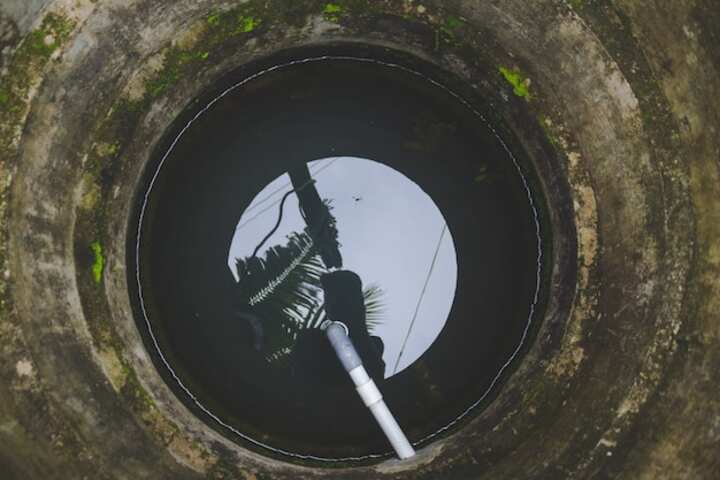
Ultimate Guide to French Drain Installation
Proper drainage is essential to maintaining the integrity of a property. French drains provide an effective solution for controlling water flow and preventing damage caused by excess moisture. These systems are designed to redirect water away from vulnerable areas, such as basements and foundations, thereby reducing the risk of water-related issues. Understanding how to install a French drain is crucial for homeowners and property managers looking to protect their investments and enhance structural longevity.
Understanding French Drains
A French drain is a trench filled with gravel or rock, containing a perforated pipe that redirects surface water and groundwater away from specific areas. The design allows for efficient drainage by creating a path of least resistance for water to follow, preventing accumulation and seepage into unwanted areas.
When to Install a French Drain
French drains are most beneficial in the following situations:
- Water pooling in yards or near foundations
- Persistent basement flooding
- High water table areas
- Properties with poor drainage systems
Identifying these signs early can help in determining the necessity of a French drain. Find additional information here.
Materials Needed for Installation
To install a French drain, the following materials are required:
- Perforated pipe
- Gravel or crushed stone
- Geotextile fabric
- Shovel and digging tools
- Level
Gathering these materials in advance ensures a smooth installation process. Learn more in this detailed guide.
Step-by-Step Installation Process
1. Planning and Design
Begin by determining the best location for the French drain. This involves assessing the landscape to identify areas where water collects and planning a route that will efficiently channel water away from the property.
2. Excavation
Dig a trench along the planned route, ensuring it slopes away from the property. The trench depth and width will depend on the specific requirements of the site. A common recommendation is a depth of 18-24 inches and a width of about 12 inches.
3. Lining the Trench
Line the trench with geotextile fabric. This material prevents soil from clogging the gravel and pipe, ensuring long-term functionality. Overlap the fabric at the edges to secure it in place.
4. Laying the Pipe
Place a layer of gravel at the bottom of the trench, then lay the perforated pipe, ensuring the holes face downwards. Cover the pipe with additional gravel, leaving space at the top for the remaining fabric and soil.
5. Covering the Drain
Fold the fabric over the gravel and fill the top of the trench with soil to match the surrounding ground level. This step completes the installation, allowing the area to blend seamlessly with the landscape.
Explore further insights here for more detailed guidance on each installation step.
Maintenance Tips
Regular maintenance is key to ensuring the effectiveness of a French drain. Consider the following tips:
- Inspect the drain periodically for clogs or damage
- Keep the surrounding area clear of debris
- Ensure proper grading of the landscape to facilitate drainage
For more information, read more about this topic.